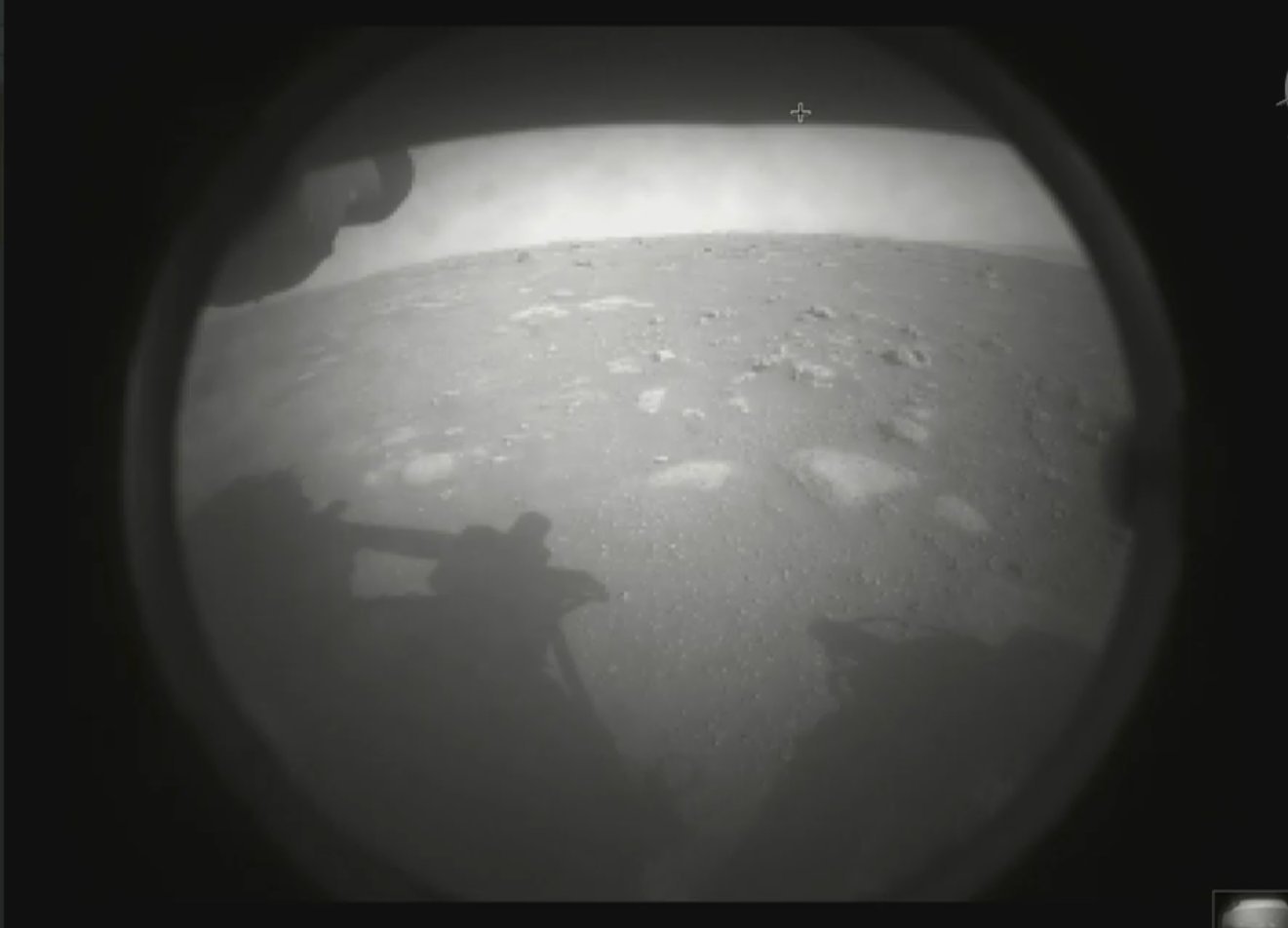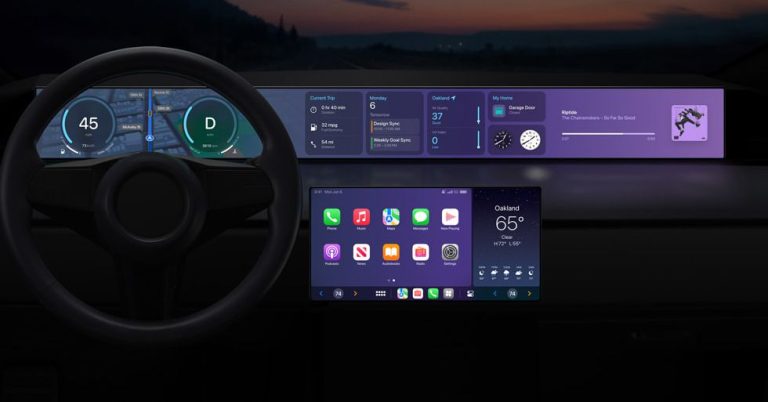NASA’s Perseverance rover has landed safely on Mars. The spacecraft survived its journey through the Martian atmosphere and made a soft touchdown at Jezero crater.
What happened: Perseverance began its descent into the Martian atmosphere Thursday afternoon, a process affectionately called the “seven minutes of terror.” The spacecraft survived scorching temperatures thanks to its heat shield. Its parachute deployed without a hitch, the rover was able to locate and navigate toward a safe landing spot, and the descent apparatus lowered the spacecraft down to the surface. NASA confirmed a successful touchdown at 3:55 p.m. US Eastern time. During its descent, Perseverance went from traveling at 12,000 miles per hour to just 1.7 mph in seven minutes.
Because of the distance between Earth and Mars, communication between NASA mission control and the spacecraft is delayed by 11 minutes. That means the entire landing process had to be accomplished autonomously. Onboard systems tracked the surface for hazards during descent and steered the rover away from any threats.

NASA
What’s it doing on Mars? Perseverance’s predecessors—Sojourner, Spirit, Opportunity, and Curiosity—led to compelling revelations of what Mars currently looks like and what it once was. Scientists learned that the planet was once a warm planet teeming with lakes and rivers, and that it’s home to complex organic matter. Together, these key ingredients suggest Mars could have been habitable to microbial life in the ancient past.
Perseverance’s main goal is to look for evidence of such ancient life. The rover is armed with 23 cameras and a host of instruments designed to find and identify biosignatures (like amino acids or fatty acids) or other macroscopic evidence in rock that indicates there was once life on Mars. It will also drill into the Martian rock and collect samples that will be returned to Earth in the 2030s for closer laboratory study—which could be the first-ever sample return mission from Mars.
The landing site, Jezero crater, is a former lake bed with an ancient delta where waters may have once deposited sediments that could preserve fossilized materials or other evidence of life. Mission control will now spend several weeks testing and calibrating the instruments before the rover begins to explore Jezero in earnest this summer.






